If you love exploring the outdoors in Colorado, it’s important to be aware of the bugs that share your environment. While many insects are harmless, some species can deliver painful bites, stings, or carry dangerous diseases. Knowing how to identify them can keep you and your family safe.
Colorado is home to a variety of venomous spiders, scorpions, ticks, and aggressive stinging insects. From the notorious Western Black Widow to the Colorado Bark Scorpion, these creatures often hide in woodpiles, tall grass, or shaded areas. Awareness of their habitats is key to avoiding unwanted encounters.
This guide highlights 20 dangerous bugs found across Colorado, complete with pictures and identification tips. You’ll learn about their appearance, behavior, venom, and where they are most commonly found—helping you stay safe while enjoying the state’s natural beauty.
Types of Dangerous Bugs Found in Colorado
Western Black Widow Spider (Latrodectus hesperus)
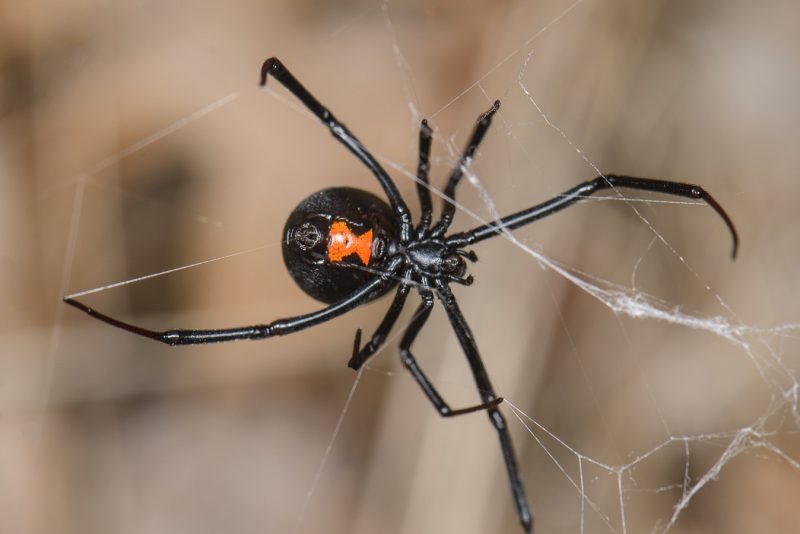
The Western Black Widow Spider is one of the most recognizable venomous spiders in North America. Adult females are glossy black with a distinct red hourglass marking on the underside of their abdomen. Males are smaller, lighter in color, and far less venomous. Their legs are long and slender, giving them a delicate yet menacing appearance.
Identification is relatively straightforward due to the shiny black body and red hourglass, but juveniles may appear brown with faint markings. They build irregular, tangled webs in dark, secluded areas such as woodpiles, sheds, and under rocks. Their webs are not used for catching prey visually; instead, they rely on vibrations from trapped insects.
Females can reach about 1.5 inches in length including their legs, while males rarely exceed 0.75 inches. Despite their small size, their venom is potent, primarily affecting the nervous system. Bites may cause intense pain, muscle cramps, and, in rare cases, systemic reactions, especially in children or elderly individuals.
These spiders prefer dry, undisturbed habitats. They are mostly nocturnal and rarely bite unless provoked. Outdoors, they thrive in sheltered areas like eaves, firewood stacks, and garden sheds. Awareness and caution are essential when working in such spaces, particularly in Colorado’s semi-arid regions.
Brown Recluse Spider (Loxosceles reclusa)
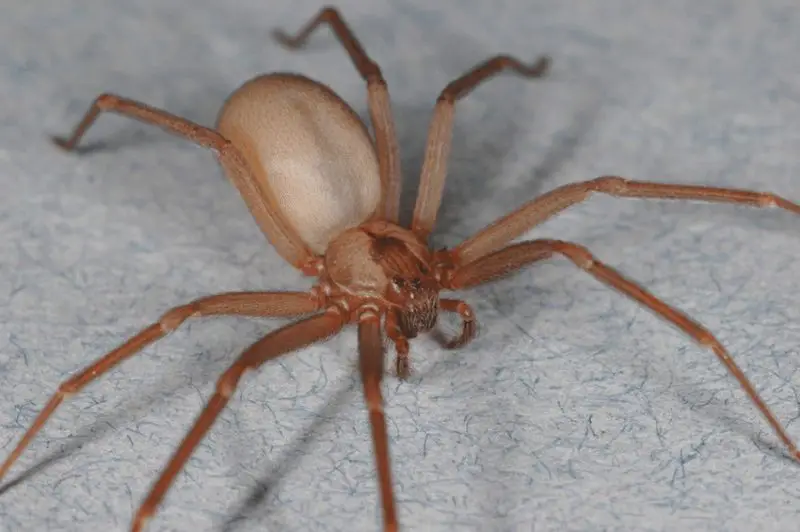
The Brown Recluse Spider is a medium-sized, shy spider often found hiding in undisturbed indoor areas. Its coloration ranges from light to dark brown, with a characteristic dark violin-shaped marking on its cephalothorax. Legs are long, slender, and uniformly colored without bands. This spider is often mistaken for other harmless species, so careful identification is crucial.
These spiders are nocturnal hunters and rarely leave their hiding spots during the day. They spin irregular, small webs primarily for resting rather than trapping prey. Brown Recluse bites are usually painless at first but can develop into necrotic lesions over several days. Systemic reactions such as fever and nausea are uncommon but possible.
Adults typically measure 0.5 to 0.8 inches in body length. They are highly venomous relative to their size, with venom that can destroy skin and tissue. Immediate medical attention is recommended if bitten. The spider’s reclusive nature means encounters are infrequent but should be taken seriously.
Brown Recluse Spiders prefer dark, dry indoor spaces such as closets, attics, basements, and rarely garages. They are found in areas with little human disturbance. In Colorado, sightings are uncommon, but caution is advised when handling stored items or working in infrequently used rooms.
Colorado Bark Scorpion (Centruroides vittatus)
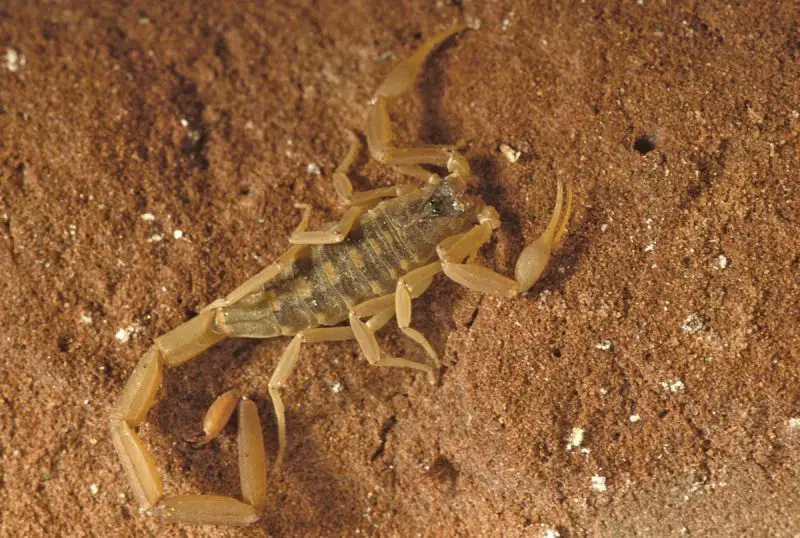
The Colorado Bark Scorpion is the most venomous scorpion in the region. It is light brown to tan with a slender body and a long, curved tail tipped with a stinger. Its pincers are narrow and delicate, distinguishing it from other scorpion species with bulkier claws. This scorpion is primarily active at night, seeking prey such as insects and small arachnids.
Identification is aided by its small size—usually 2 to 3 inches long—and its thin, segmented tail that curls over its back when threatened. The stinger delivers venom that can cause intense pain, numbness, and tingling. In rare cases, children or allergic individuals may experience more severe symptoms, including muscle twitching or difficulty breathing.
Behaviorally, these scorpions are nocturnal and secretive, often hiding under rocks, bark, or debris during the day. They are excellent climbers, capable of scaling walls or fences to find shelter or food. Despite their reputation, they generally avoid humans unless provoked or accidentally contacted.
They are found throughout Colorado’s drier, rocky habitats, including desert edges and foothill regions. Encounters are more common during warmer months. Proper caution and protective clothing, such as gloves and boots, are recommended when working or hiking in areas where these scorpions may reside.
American Dog Tick (Dermacentor variabilis)
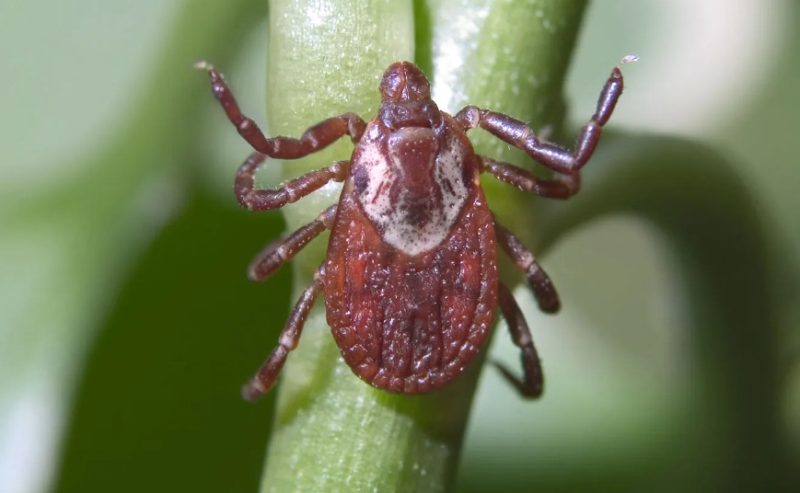
The American Dog Tick is a large, hard-bodied tick commonly found in grassy and wooded areas across Colorado. Adults are reddish-brown with grayish or whitish patterns on their dorsal shield. Their size and coloration make them easy to spot on pets, clothing, or skin, especially when engorged after feeding.
These ticks are blood-feeding ectoparasites that can transmit serious diseases such as Rocky Mountain spotted fever and tularemia. Nymphs and adults attach to mammals, including humans, using specialized mouthparts to anchor firmly while feeding. They secrete an anesthetic-like substance, often making bites painless initially.
Adults typically measure 0.5 inches long before feeding, expanding considerably after engorging. While the tick’s bite itself is not venomous, the pathogens it carries pose significant health risks. Early detection and proper removal are essential to prevent disease transmission.
American Dog Ticks inhabit tall grasses, shrubs, and forest edges. They are most active in spring and early summer. Hikers, pet owners, and outdoor workers should perform routine tick checks and use repellents when venturing into tick-prone areas in Colorado.
Blacklegged Tick / Deer Tick (Ixodes scapularis)
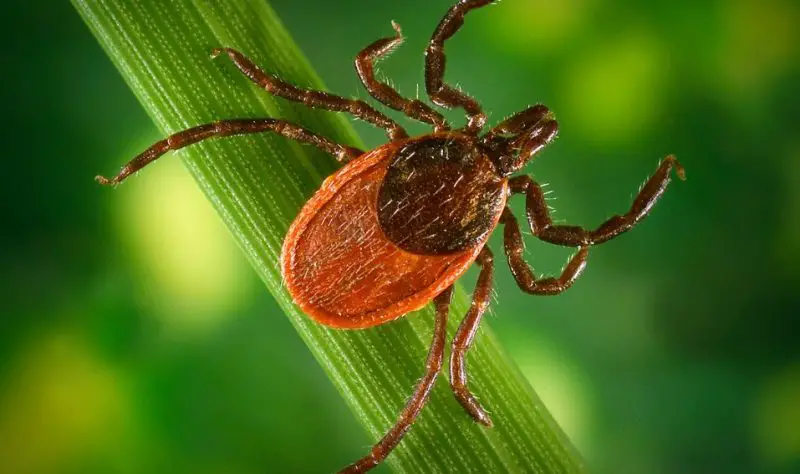
The Blacklegged Tick, also known as the Deer Tick, is small and dark, with reddish-brown bodies and black legs. Adult females are slightly larger than males and have a more pronounced reddish abdomen. These ticks are primary vectors for Lyme disease and other bacterial infections, making them particularly concerning for human health.
Identification requires attention to size and coloration; adults are typically 0.2 to 0.3 inches long, but nymphs are much smaller and can easily be missed. Like other ticks, they attach to hosts using specialized mouthparts and feed slowly, often for several days. Bites are generally painless at first.
Behaviorally, Blacklegged Ticks are ambush predators, waiting on grass blades or low shrubs for passing hosts. They climb onto animals or humans when contacted. The risk of disease increases if the tick remains attached for over 24 hours, emphasizing the importance of prompt removal.
These ticks are most common in wooded or brushy areas with high humidity. In Colorado, they are found in pockets of forested regions and along trails where deer and other wildlife are present. Preventive measures such as wearing long clothing, using tick repellents, and performing thorough checks are critical during outdoor activities.
Western Honeybee (Apis mellifera)
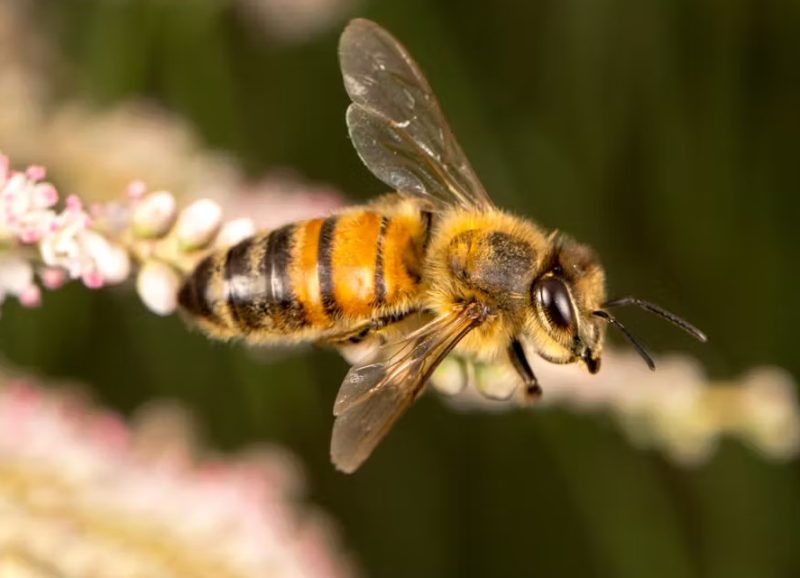
The Western Honeybee is a well-known social insect recognized for its golden-brown coloration with black stripes. Workers are small, typically 0.5 inches long, with a fuzzy thorax that helps in pollen collection. Queens are larger, up to 0.8 inches, and have a more elongated abdomen. Honeybees play an essential ecological role in pollination.
Identification is easy due to their hairy bodies, striped pattern, and characteristic buzzing flight. Honeybees live in colonies with highly organized social structures, including workers, drones, and a single queen. They build wax combs to store honey and raise young. Despite their generally non-aggressive nature, they defend their hive vigorously when threatened.
Their stings deliver venom containing melittin, which can cause localized pain, swelling, and redness. In allergic individuals, stings may trigger severe anaphylactic reactions, which can be life-threatening if not treated promptly. Unlike wasps, honeybees usually sting only once, as they leave their stinger behind and die shortly after.
Western Honeybees are widespread across Colorado, inhabiting both wild areas and managed hives. They prefer flowering meadows, orchards, and gardens where nectar and pollen are abundant. Proper caution and respectful distance are recommended near hives, especially during spring and summer when colonies are most active.
Paper Wasp (Polistes spp.)
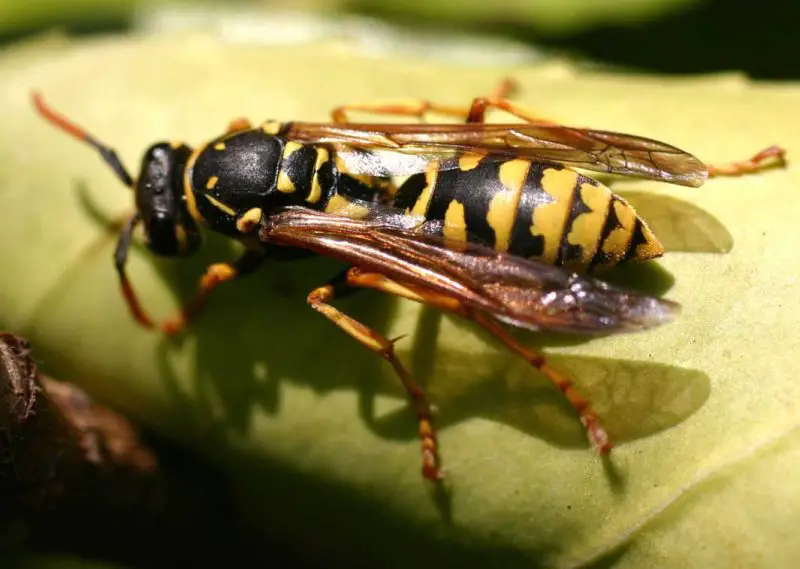
Paper Wasps are slender, medium-sized wasps with long legs and narrow waists. Their bodies are usually reddish-brown or black with yellow markings. They construct umbrella-shaped nests out of chewed plant fibers mixed with saliva, often hanging under eaves, porches, or tree branches.
Identification is relatively simple due to their thin bodies, long legs, and open nest structures. They are not typically aggressive but will sting repeatedly if their nest is disturbed. Paper Wasps primarily feed on nectar and hunt caterpillars and other insects to feed their larvae.
Adults range from 0.5 to 0.8 inches long. Their venom contains proteins that cause pain, swelling, and occasionally allergic reactions. Unlike honeybees, paper wasps can sting multiple times without losing their stinger, which makes them more dangerous if provoked.
Paper Wasps are common throughout Colorado, especially in suburban and rural areas. They prefer sheltered, elevated nesting sites that are protected from rain and predators. Awareness around their nests and avoiding sudden movements near them reduces the risk of stings.
Yellowjacket Wasp (Vespula spp.)
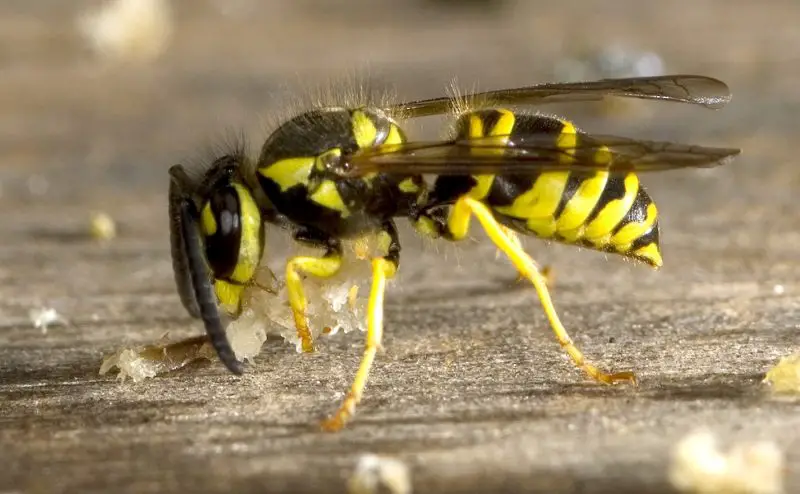
Yellowjackets are small, aggressive wasps with bright yellow and black striped bodies. Adults measure approximately 0.4 to 0.6 inches in length and have smooth, shiny exoskeletons. These social wasps live in large colonies, often numbering thousands of individuals, with nests built underground or in wall voids.
Identification is easy because of their distinct yellow-and-black markings and fast, darting flight. Yellowjackets are highly protective of their nests and will sting repeatedly if threatened. They scavenge for sugary foods and protein, making them common around picnics, garbage, and outdoor eating areas.
Their venom causes immediate pain, swelling, and redness. Repeated stings can escalate allergic reactions, and in some cases, anaphylaxis can occur. Yellowjackets can sting multiple times without dying, unlike honeybees, increasing the danger if disturbed in groups.
Yellowjackets are widespread across Colorado, especially during late summer and early fall when food becomes scarce. They prefer sheltered nesting locations like underground burrows, wall cavities, or dense shrubbery. Caution is essential in outdoor spaces where yellowjackets are active, particularly during outdoor meals.
Harvester Ant (Pogonomyrmex spp.)
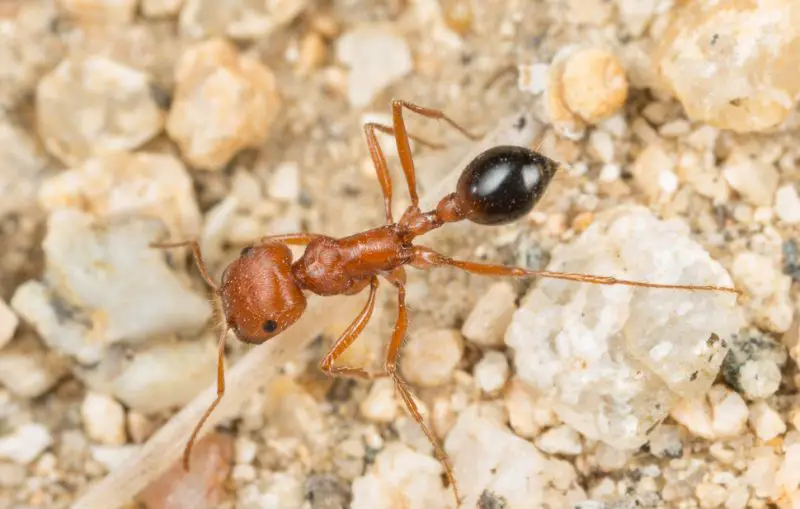
Harvester Ants are large, reddish-brown ants known for their painful stings. They have robust bodies ranging from 0.25 to 0.5 inches long and powerful mandibles used for carrying seeds and defending their colony. These ants are mostly ground-dwelling and build conspicuous mounds in open, dry habitats.
Identification is straightforward due to their size, coloration, and mound-building behavior. Harvester Ants actively collect seeds for food and can be aggressive when disturbed. Their venom is potent for their size, capable of causing sharp pain, swelling, and occasional allergic reactions in sensitive individuals.
Colonies can number several thousand individuals and are highly organized, with worker ants foraging while others maintain the nest. They defend their territory vigorously, often stinging intruders repeatedly. Despite their aggressive defense, they are generally non-confrontational unless provoked.
Harvester Ants are common in Colorado’s grasslands, deserts, and semi-arid regions. Their mounds are typically sun-exposed and easily visible, which helps humans avoid accidental encounters. Protective clothing and awareness of their nests are advised when hiking or working in their habitats.
Velvet Ant / Cow Killer (Mutillidae family)
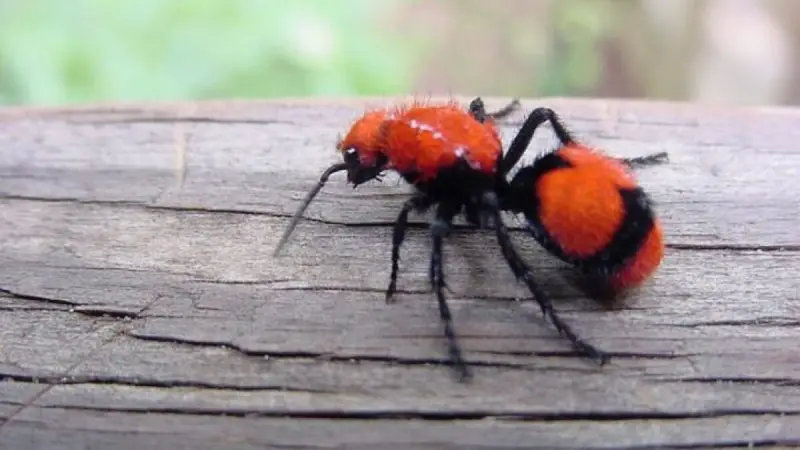
Velvet Ants, also known as Cow Killers, are not true ants but wingless wasps. They are brightly colored, usually red, orange, or yellow with black markings. Females are wingless, while males have wings and rarely encounter humans. The name “Cow Killer” refers to the extremely painful sting of the female.
Identification is aided by their striking coloration, hairy body, and wingless appearance in females. Velvet Ants are solitary and do not build nests, instead laying eggs in the nests of ground-nesting bees and wasps. Despite their fearsome sting, they are generally non-aggressive and sting only when handled.
Females are about 0.5 to 1 inch long. Their venom is potent and extremely painful but rarely life-threatening. Stings can cause localized swelling, redness, and intense discomfort for hours. Males, lacking stingers, are harmless to humans.
Velvet Ants inhabit dry, sandy, or rocky areas throughout Colorado. They are most active during warm months and can often be seen wandering in open fields or desert edges. Awareness and avoidance are the best protection, as accidental handling is the most common cause of stings.
Western Blacklegged Tick (Ixodes pacificus)
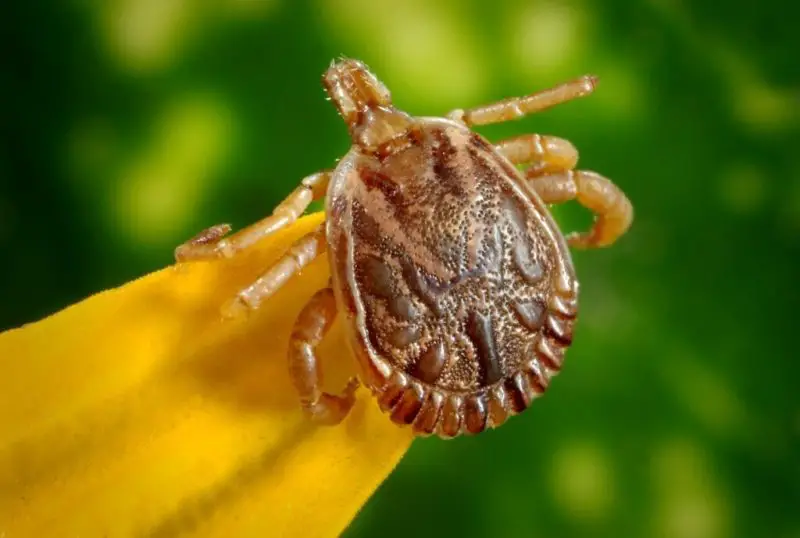
The Western Blacklegged Tick is a small, hard-bodied tick closely related to the Deer Tick. Adults have a dark brown to black body with lighter legs, and females develop a reddish abdomen after feeding. These ticks are blood-feeding parasites and are important vectors of Lyme disease and other bacterial infections.
Identification relies on their small size—adults are about 0.2 to 0.3 inches long—and distinctive dark coloration. Nymphs are even smaller and often difficult to detect. They attach to mammals, birds, and humans to feed, using specialized mouthparts that anchor them firmly in place.
Behaviorally, Western Blacklegged Ticks are ambush predators, waiting on low vegetation or shrubs for passing hosts. They are most active during spring and early summer, though activity can extend into fall. Bites are usually painless at first, but the risk of disease increases the longer the tick remains attached.
These ticks inhabit wooded, brushy areas with high humidity and abundant wildlife, including deer and rodents. In Colorado, they are less common than other ticks but can be found in forested regions and along trails. Preventive measures like long clothing, repellents, and routine checks are recommended for hikers and outdoor workers.
Giant Water Bug (Lethocerus americanus)
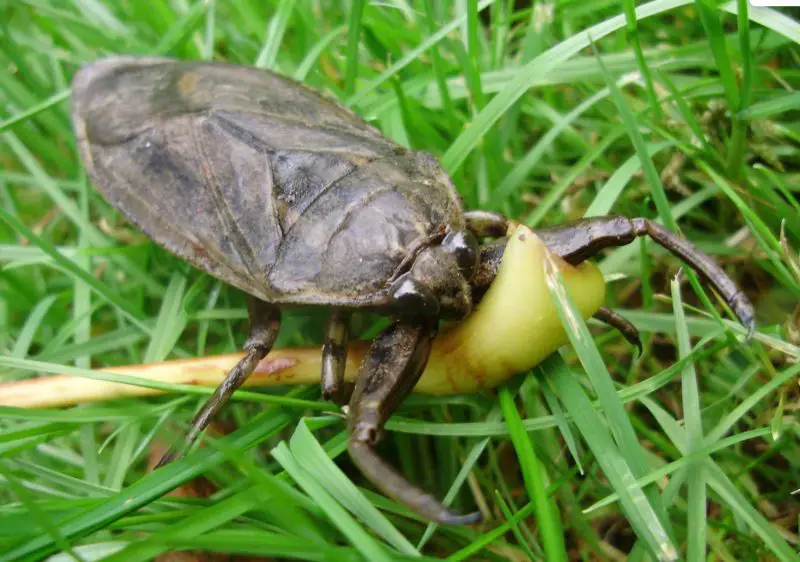
The Giant Water Bug is a large aquatic insect with a flattened, oval body measuring 1.5 to 2 inches long. It is brown or tan, often with darker markings, and has strong, raptorial front legs for catching prey. Despite their name, they are harmless to waterfowl but can deliver a painful bite if handled.
Identification is aided by their size, flattened body, and large, grasping front legs. They are sometimes mistaken for small cockroaches in aquatic settings. Giant Water Bugs are nocturnal hunters, preying on fish, amphibians, and other insects in ponds, lakes, and slow-moving streams.
Their bite is extremely painful, injecting digestive enzymes that can cause temporary numbness or swelling, but it is not considered medically dangerous. They use these enzymes to immobilize prey before consuming it. Human encounters are rare and usually occur when the insect is picked up from water.
Giant Water Bugs are found in still or slow-moving freshwater habitats across Colorado. They prefer areas with vegetation or submerged debris where they can hide and ambush prey. While fascinating to observe, caution is recommended when handling or accidentally stepping on them in shallow water.
Fire Ants (Solenopsis spp.)
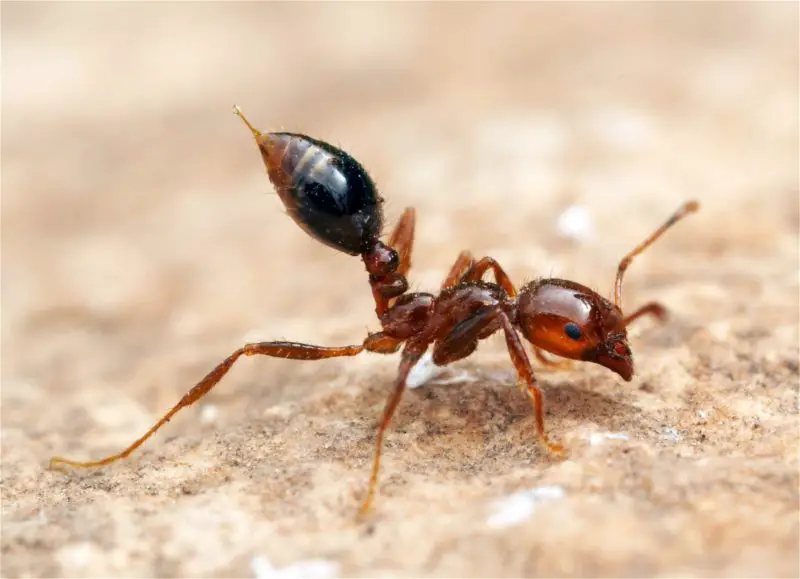
Fire Ants are aggressive, reddish-brown ants known for their painful stings. Workers measure about 0.1 to 0.25 inches long and are highly social, forming large colonies that can number tens of thousands. Their stings deliver venom containing alkaloids that cause burning pain and localized swelling.
Identification is relatively straightforward due to their reddish coloration, small size, and mound-building behavior. They are most noticeable when foraging in open areas or when a mound is disturbed. Fire Ants are omnivorous, feeding on insects, seeds, and sugary substances, which brings them into contact with humans and pets.
Behaviorally, these ants are highly defensive. When their nest is disturbed, multiple workers will swarm and sting repeatedly. Allergic reactions to stings can be severe, making them a serious concern in areas where populations are established. Their venom is chemically potent but rarely life-threatening to non-allergic individuals.
Fire Ants are less common in Colorado than in southern states but have been reported in some urban and agricultural areas. They prefer sunny, well-drained soils for nesting. Awareness, protective footwear, and careful observation of mounds are essential when spending time in infested areas.
Blister Beetles (Meloidae family)
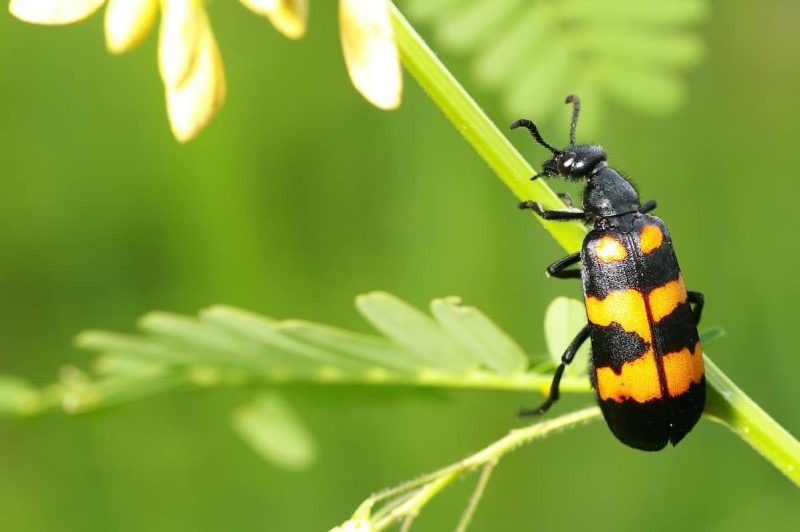
Blister Beetles are elongated insects often brightly colored in shades of black, yellow, or metallic hues. They secrete a chemical called cantharidin, which can cause painful skin blisters upon contact. Some species are beneficial as they prey on grasshopper eggs but are hazardous to humans and livestock.
Identification is aided by their elongated bodies, soft wing covers, and bright coloration. Adults feed on flowers and foliage, often congregating on flowering plants. Handling them carelessly can lead to skin irritation or blistering. Livestock that ingest these beetles in hay may suffer serious toxicity.
Adults typically measure 0.5 to 1.25 inches long. While their venom is not injected via a bite, contact with the chemical can cause irritation, blistering, and occasionally systemic symptoms if large amounts are absorbed through the skin. Careful handling or avoidance is recommended.
Blister Beetles inhabit open fields, gardens, and agricultural areas throughout Colorado. They are most active in summer and are often found on flowering plants. Protective gloves and awareness can prevent accidental contact and skin reactions.
Kissing Bugs (Triatominae subfamily)
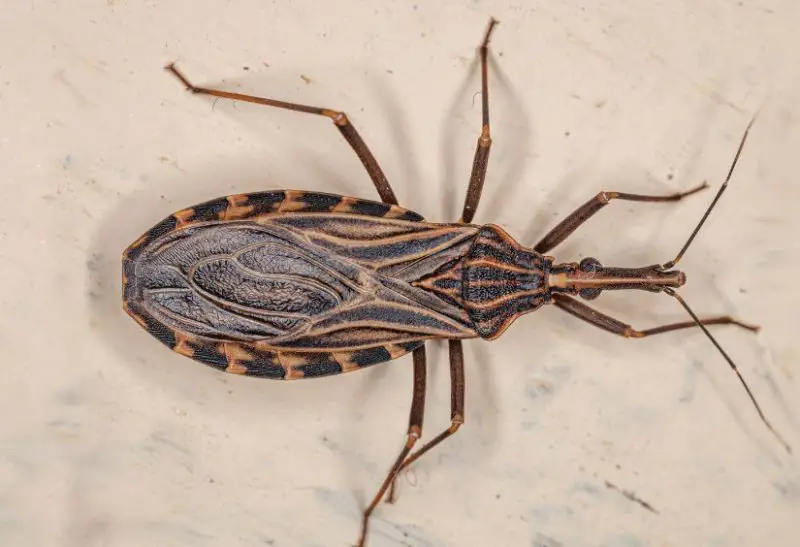
Kissing Bugs are nocturnal, blood-feeding insects known for biting around the mouth or eyes of sleeping humans and animals. They are medium-sized, about 0.5 to 1 inch long, and have dark, flattened bodies with light-colored markings along the edges. Some species can transmit Chagas disease, though cases in Colorado are rare.
Identification is aided by their elongated, flattened bodies, narrow heads, and prominent proboscis used for piercing skin. These insects are primarily active at night and hide in cracks, crevices, or outdoor shelters during the day. They emerge to feed on mammals, including humans, usually when undisturbed.
Their bite itself is not highly venomous, but it can cause irritation, swelling, and allergic reactions. The main concern is the potential transmission of the parasite Trypanosoma cruzi, which causes Chagas disease. This disease is uncommon in Colorado, but caution is still warranted.
Kissing Bugs inhabit areas with cracks in walls, woodpiles, or animal shelters. In Colorado, they are uncommon but can appear in rural and semi-arid environments. Preventive measures include sealing cracks, removing debris near homes, and using bed nets in areas where they may be present.
Assassin Bugs (Reduviidae family)
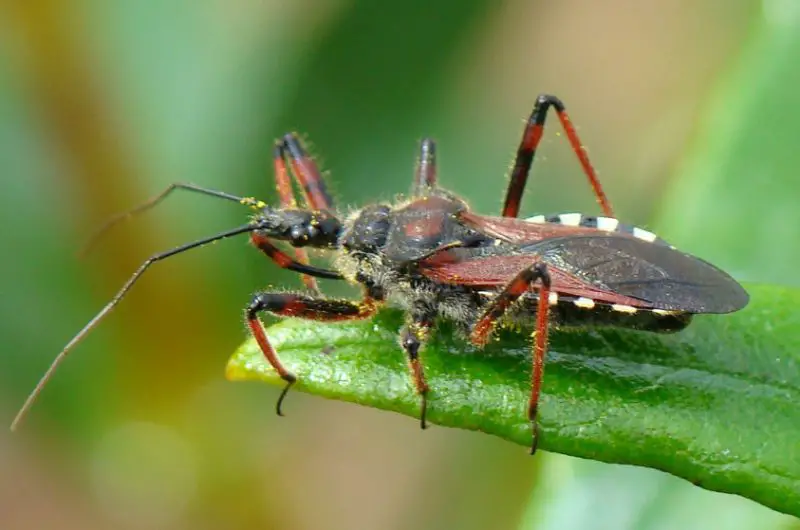
Assassin Bugs are predatory insects with elongated bodies, long legs, and a distinctive curved proboscis used to pierce and inject enzymes into their prey. They vary in color, often brown or reddish, with some species displaying patterned markings. These bugs primarily feed on other insects but can bite humans defensively.
Identification relies on their narrow head, prominent eyes, and strong proboscis. They move slowly when hunting but can deliver a quick strike if threatened. While most species are not dangerous to humans, bites are painful and can cause localized swelling, redness, and minor irritation.
Adults range from 0.5 to 1 inch in length. Their bite injects saliva containing digestive enzymes, causing sharp pain and, occasionally, allergic reactions. Unlike venomous spiders or wasps, they do not inject neurotoxins, but the bite can still be alarming.
Assassin Bugs inhabit gardens, woodlands, and shrublands across Colorado. They are most active during warm months and are beneficial predators in controlling pest populations. Despite their defensive bite, they pose minimal threat if left undisturbed.
Horseflies and Deer Flies (Tabanidae family)
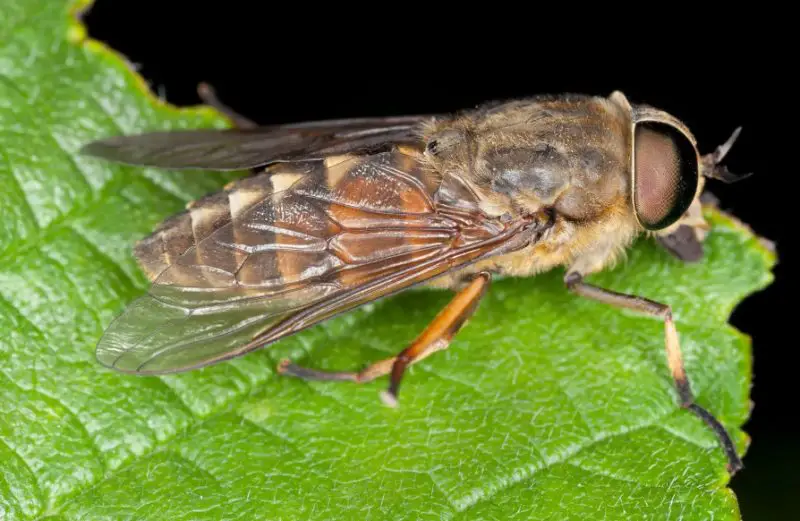
Horseflies and Deer Flies are large, robust flies with strong wings and biting mouthparts. Adults are often gray, brown, or black, with some species exhibiting bright-colored eyes. They feed on the blood of mammals, including humans, and their bites are extremely painful.
Identification is aided by their size—ranging from 0.5 to 1.25 inches—and their large, colorful compound eyes. Females are the blood-feeding sex, while males primarily consume nectar. They are aggressive biters and can repeatedly target humans and livestock.
Their bite injects saliva containing anticoagulants, causing sharp pain, swelling, and itching. Repeated bites can lead to secondary infections or allergic reactions. While they are not venomous, their feeding behavior can cause significant discomfort and stress for humans and animals.
Horseflies and Deer Flies inhabit wetlands, lakeshores, and wooded areas across Colorado. They are most active during the summer months. Protective clothing, insect repellents, and avoidance of high-activity areas can reduce the risk of bites.
Centipedes (Scolopendra spp.)
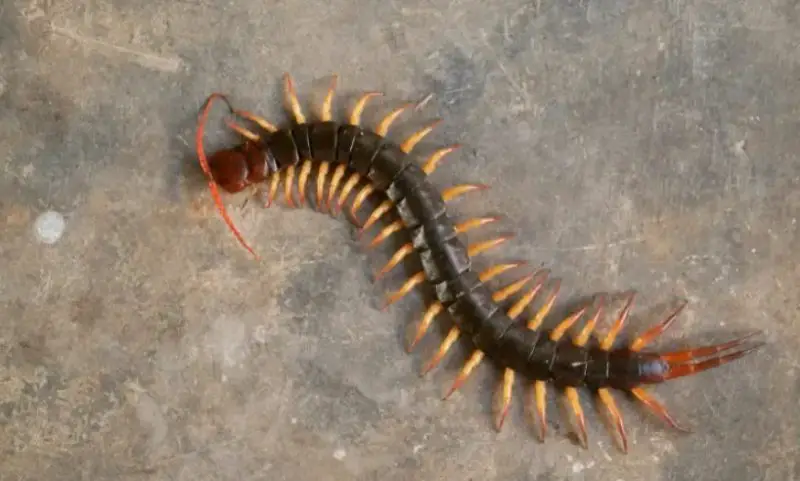
Centipedes are elongated, multi-segmented arthropods with 15 to over 100 legs, depending on the species. They are typically reddish-brown, with flattened bodies that allow them to move quickly and hide in tight spaces. They are nocturnal predators, feeding on insects and small vertebrates.
Identification is aided by their many legs, segmented bodies, and large, venomous forcipules (modified front legs used to inject venom). Centipedes can deliver a painful bite if handled or provoked, causing localized swelling and irritation. Some larger species can induce more intense pain.
Adults range from 1 to 6 inches in length, depending on the species. Their venom contains neurotoxins that immobilize prey and can cause pain, redness, and temporary numbness in humans. Severe reactions are rare but possible in sensitive individuals.
Centipedes inhabit leaf litter, under rocks, and in damp, dark areas throughout Colorado. They prefer moist microhabitats and are more commonly encountered in basements, sheds, and outdoor debris piles. Caution and gloves are recommended when moving items in centipede-prone areas.
Mud Daubers (Sceliphron spp.)
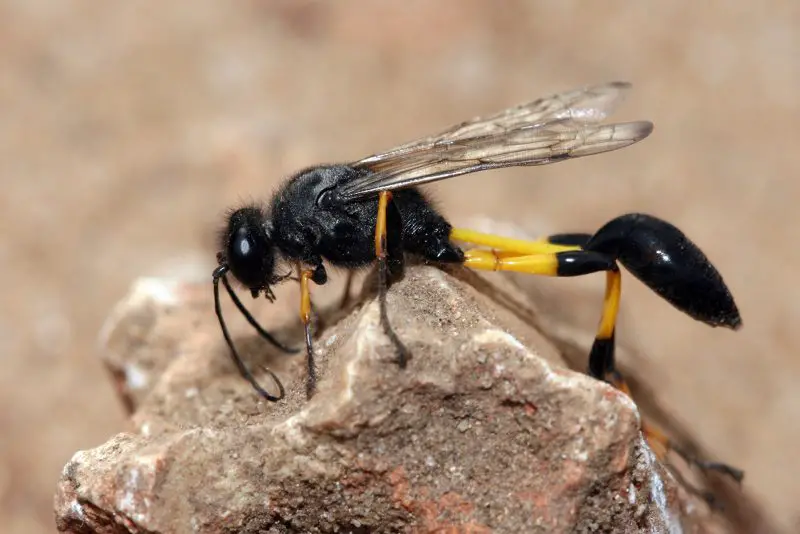
Mud Daubers are slender wasps with long, narrow bodies, usually black or metallic blue, and yellow markings. They construct tube-like nests from mud, often attached to walls, eaves, or ceilings. These solitary wasps are generally non-aggressive unless provoked.
Identification is aided by their smooth, elongated bodies, thin waists, and distinctive mud nests. Mud Daubers hunt spiders to provision their nests, paralyzing them with venom before depositing them as food for their larvae. Human stings are rare but can occur if the wasp is disturbed.
Adults measure approximately 0.75 to 1 inch long. Their venom is mild compared to social wasps, causing temporary pain, redness, and swelling. Multiple stings are uncommon since Mud Daubers are solitary and do not defend large colonies.
Mud Daubers inhabit sheltered outdoor areas across Colorado, especially near buildings and garden structures. They are most active during warm months. Awareness of their nests and avoiding direct contact can prevent accidental stings.
Black Carpenter Ants (Camponotus spp.)
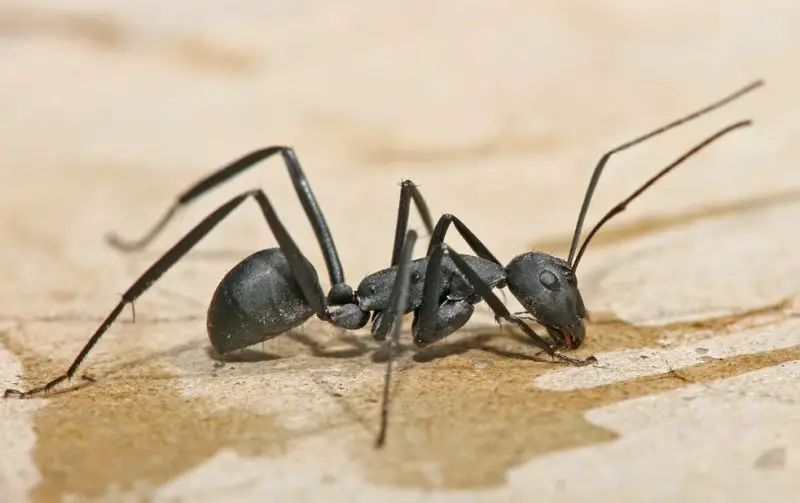
Black Carpenter Ants are large, black ants with smooth, shiny bodies and strong mandibles. Workers range from 0.25 to 0.5 inches long, and queens can exceed 1 inch. They are known for nesting in wood, which they hollow out to create galleries, though they do not eat wood.
Identification relies on their size, coloration, and habit of excavating wood. While their bite is not venomous, they can deliver a painful pinch with their mandibles, sometimes breaking skin. They spray formic acid as a defensive mechanism, which can cause mild irritation.
Colonies are well-organized, with workers foraging for food, including sweets and proteins. Bites are defensive, often occurring when ants are disturbed or their nest is threatened. Despite their size, they are more a nuisance than a serious health threat.
Black Carpenter Ants inhabit wooded areas, dead trees, and structural wood in homes across Colorado. They prefer moist, decayed wood for nesting. Preventive measures include removing damp wood near homes and sealing potential entry points to reduce infestations.
FAQs About Dangerous Bugs in Colorado
What are the most dangerous bugs in Colorado?
Colorado is home to several potentially dangerous or harmful bugs. The most notable include Western Black Widow Spiders, Brown Recluse Spiders, Colorado Bark Scorpions, American Dog Ticks, Blacklegged Ticks (Deer Ticks), Yellowjackets, Paper Wasps, Harvester Ants, and Velvet Ants (Cow Killers). These species can deliver venomous bites or stings, transmit diseases, or cause severe allergic reactions.
How can I identify venomous spiders in Colorado?
Venomous spiders such as the Western Black Widow and Brown Recluse have distinct markings. Black Widows are glossy black with a red hourglass on the underside of their abdomen, while Brown Recluses are light to dark brown with a violin-shaped marking on the cephalothorax. Size, body shape, and web structure can also help in identification.
Are ticks in Colorado dangerous?
Yes, ticks like the American Dog Tick and Blacklegged Tick can transmit serious diseases, including Rocky Mountain spotted fever, Lyme disease, and anaplasmosis. Ticks attach to hosts to feed, and the risk of disease increases the longer a tick remains attached. Prompt removal and preventive measures are crucial when in tick-prone areas.
What should I do if I am bitten by a venomous bug?
For bites or stings from spiders, scorpions, wasps, or ants, clean the area with soap and water and apply ice to reduce swelling. Monitor for severe symptoms like difficulty breathing, dizziness, or intense pain. Seek immediate medical attention for children, elderly individuals, or anyone with severe allergic reactions.
How can I prevent bug bites in Colorado?
Preventive steps include wearing long sleeves and pants when hiking, using insect repellents, checking for ticks after outdoor activities, and avoiding disturbing nests or woodpiles. Awareness of common habitats—like dry areas for scorpions, tall grasses for ticks, and eaves for wasps—can reduce the risk of encounters.
Are all stings and bites life-threatening?
Not all stings and bites are life-threatening. Most cause localized pain, swelling, or irritation. However, certain species like Black Widow Spiders, Bark Scorpions, and individuals allergic to wasp or bee venom can face serious complications. Understanding which bugs are highly venomous helps in managing risks appropriately.
Where are dangerous bugs most commonly found in Colorado?
Venomous spiders and scorpions prefer dark, dry, and undisturbed areas such as sheds, woodpiles, and rocky terrains. Ticks are commonly found in grassy, wooded, and brushy regions. Wasps and ants often build nests near homes, gardens, and open fields. Being mindful of these environments can help prevent accidental encounters.

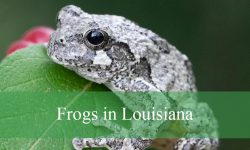
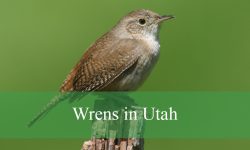
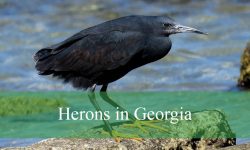
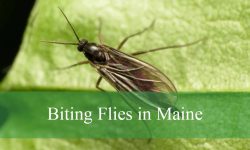
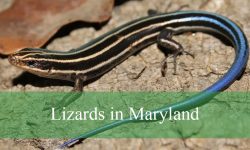
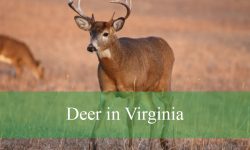
I think you guys should change one of the less harmful bees, to the murder hornet. These are by far more dangerous then your typical honeybee… and yes the are in Colorado. I live in greeley and my tree was infested with hundreds of them last year. 3 inch wing span and as big as my palm! Should definitely be on this list.. otherwise, very informative, thank you.
Thanks for your info